10 Critical Trekking Mistakes People Make in Nepal (And How to Avoid Them)
Nepal’s towering Himalayas beckon millions of adventure seekers each year, promising life-changing experiences among the world’s highest peaks. From the legendary Everest Base Camp trek to the stunning Annapurna Circuit, these ancient trails offer breathtaking vistas, rich Sherpa culture, and spiritual awakening. However, many first-time trekker Nepal mistakes can transform your dream adventure into a dangerous nightmare.
Whether you’re planning to tackle the iconic trails or explore hidden valleys, understanding common pitfalls before you arrive in Kathmandu could save your life—and your wallet. After analyzing hundreds of rescue reports and interviewing experienced guides, we’ve identified the most critical errors that plague newcomers to Nepal trekking.
Don’t let inexperience derail your Himalayan journey. Here are the 10 most dangerous mistakes first-time trekkers make in Nepal—and the expert strategies to avoid them.
1. Underestimating the Deadly Threat of Altitude Sickness
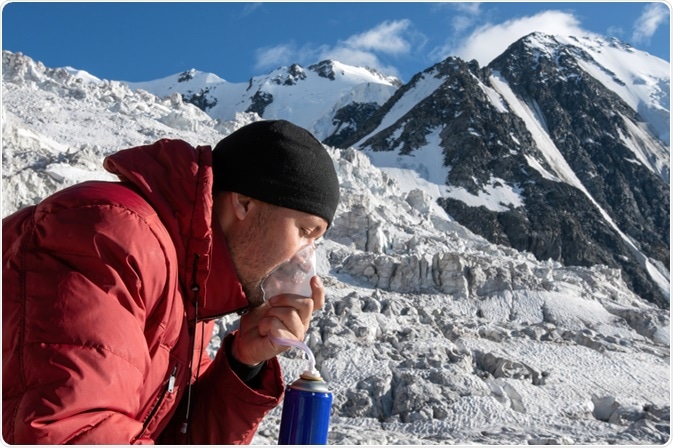
The Fatal Mistake
The biggest Nepal trekking mistakes involve altitude sickness. Many beginners believe physical fitness alone prepares them for high-altitude trekking, rushing toward their destination without proper acclimatization.
Why It Kills
Acute Mountain Sickness (AMS) affects 25% of trekkers above 2,500 meters, regardless of fitness level. Symptoms escalate from headaches and nausea to life-threatening High Altitude Pulmonary Edema (HAPE) or High Altitude Cerebral Edema (HACE). Every year, preventable altitude-related deaths occur on Nepal’s popular trekking routes.
Life-Saving Prevention Strategies
The golden rule of high-altitude trekking remains simple yet non-negotiable: climb high, sleep low. This means you should never ascend more than 500 meters per night above 3,000 meters elevation. Your body needs time to produce more red blood cells and adapt to decreased oxygen levels, a process that cannot be rushed regardless of your fitness level or previous experience.
Proper acclimatization requires mandatory rest days at specific elevations. On the Everest Base Camp trek, spend a minimum of two nights in Namche Bazaar at 3,440 meters, allowing day hikes to higher elevations before returning to sleep. The Annapurna Circuit demands similar patience with two nights in Manang at 3,519 meters, and most trekkers benefit from an additional rest day in Dingboche at 4,410 meters before attempting Lobuche.
According to the Centers for Disease Control and Prevention (CDC), early warning signs include persistent headaches unrelieved by standard painkillers, nausea and complete loss of appetite, dizziness that worsens with movement, and severe difficulty sleeping at altitude. These symptoms can escalate rapidly into life-threatening conditions.
Remember that descent remains the only cure for severe altitude sickness. If symptoms worsen despite rest and hydration, descend immediately—even at night if necessary. Many trekkers make the fatal mistake of hoping symptoms will improve with sleep, but altitude sickness often worsens overnight. Consult your doctor about Diamox (acetazolamide) before departure, but never use medication as a shortcut to ascend faster than recommended acclimatization protocols.
2. Catastrophic Packing Failures That Endanger Lives
The Equipment Disasters
Overpacking creates exhaustion and injury risk, while underpacking leaves trekkers vulnerable to Nepal’s unpredictable mountain weather. Both scenarios have led to emergency evacuations.
The Smart Layering System
Understanding Nepal’s unpredictable mountain weather requires mastering the three-layer clothing system that has kept mountaineers alive for decades. Your base layer focuses entirely on moisture management, wicking sweat away from your skin to prevent hypothermia when temperatures drop. Choose merino wool or high-quality synthetic materials for base layers, and completely avoid cotton clothing—cotton retains moisture and loses all insulation properties when wet, creating potentially deadly situations in cold mountain environments.
Your insulation layer provides warmth when you stop moving or when temperatures plummet after sunset. A down jacket rated to at least minus 10 degrees Celsius is essential for high-altitude camps, while fleece or synthetic insulation works better for active warmth during the day. Many experienced trekkers carry both options to adapt to changing conditions and activity levels throughout each day.
The outer shell layer protects against Nepal’s sudden weather changes, from afternoon thunderstorms to unexpected snowfall. Invest in a waterproof, breathable jacket with a minimum 20,000mm rating, paired with rain pants featuring full-length side zips for easy on-off over hiking boots. Quality matters significantly at altitude—cheap rain gear fails when you need it most.
Essential gear items cannot be compromised for weight savings. Properly broken-in hiking boots with ankle support prevent the twisted ankles and blisters that end treks prematurely. Your headlamp becomes critical during early morning starts and emergency situations, so carry extra batteries and consider a backup light source. A comprehensive first-aid kit, high-SPF sunscreen, and glacier-quality sunglasses protect against the intense UV radiation that increases dramatically with elevation.
Weight-Saving Pro Tips
- Choose multi-use items (trekking poles that convert to tent poles)
- Pack one spare of everything essential, two spares of nothing
- Leave cotton clothes at home—they’re deadly when wet
3. Choosing Disastrous Trekking Seasons
The Weather Gamble
Many first-time trekkers in Nepal arrive during unsuitable seasons, facing dangerous conditions that experienced guides avoid.
Monsoon Season Nightmares (June-September)
- Leeches: Blood-sucking parasites on trails below 3,000m
- Landslides: Block major trekking routes, trapping trekkers
- Zero Visibility: Clouds obscure mountain views entirely
- Flight Cancellations: Lukla airport closed for days
Winter Extremes (December-February)
- Temperature: -20°C at higher elevations
- Trail Closures: Thorong La Pass often impassable
- Shorter Days: Limited daylight for safe trekking
- Accommodation: Many teahouses closed in remote areas
Perfect Trekking Windows
Nepal’s complex topography creates distinct weather patterns that dramatically affect trekking conditions throughout the year. Autumn represents the absolute peak season from September through November, offering crystal-clear mountain visibility that reveals the full majesty of the Himalayan range. During these months, stable high-pressure systems dominate the region, creating consistently dry weather patterns with comfortable daytime temperatures and crisp, clear nights perfect for mountain photography.
The post-monsoon period brings an added advantage of dust-free air, washed clean by months of rainfall, resulting in the sharpest mountain views of the entire year. All teahouses and trekking routes operate at full capacity during autumn, ensuring reliable accommodation and food services even in remote valleys. However, this popularity means higher prices and crowded trails, particularly on the Everest Base Camp and Annapurna Circuit routes.
Spring presents an equally compelling alternative from March through May, when Nepal’s famous rhododendron forests explode into bloom across middle elevations. The Nepal Tourism Board reports that spring offers the advantage of warming temperatures at altitude, making high passes more comfortable, while longer daylight hours provide extra safety margins for challenging sections. Pre-monsoon conditions maintain excellent visibility, though afternoon clouds may build toward May.
Regional weather variations allow year-round trekking in specific areas. Rain-shadow regions like Upper Mustang and Dolpo remain completely dry during monsoon months, offering unique opportunities when traditional routes become impassable. Similarly, lower elevation treks like Ghorepani-Poon Hill remain accessible throughout winter with proper cold-weather gear, though shorter daylight hours and occasional snowfall require additional preparation and flexibility.
4. The Insurance Catastrophe That Bankrupts Families
The Financial Nightmare
Nepal trekking safety includes comprehensive insurance coverage. Helicopter rescues routinely cost $5,000-$15,000, and medical treatment adds thousands more.
Real Rescue Costs in Nepal
- Lukla to Kathmandu evacuation: $3,000-$5,000
- Everest Base Camp rescue: $10,000-$15,000
- Multi-day hospital treatment: $200-$500 daily
- International medical repatriation: $50,000+
Essential Coverage Requirements
High-Altitude Coverage: Minimum 6,000m elevation (some policies cap at 4,000m) Emergency Evacuation: Helicopter rescue and international transport Medical Treatment: Minimum $100,000 coverage for Nepal Adventure Sports: Trekking-specific coverage (not standard travel insurance) Trip Cancellation: Weather delays, permit issues, political unrest
Trusted Insurance Providers
- World Nomads: Popular among backpackers, covers up to 6,000m
- IMG Global: Comprehensive adventure travel coverage
- SafetyWing: Digital nomad-friendly, monthly plans available
5. The Solo Trekking Trap That Proves Fatal
The Dangerous Independence Myth
Social media showcases solo adventurers conquering mountains independently, but Nepal trekking tips for beginners emphasize guided support for safety.
When Solo Becomes Deadly
- Navigation Errors: GPS fails, weather obscures trail markers
- Medical Emergencies: No immediate help during altitude sickness or injury
- Language Barriers: Communication breakdowns in remote villages
- Cultural Misunderstandings: Inadvertent offense leading to accommodation refusal
The Guide Advantage
Licensed professional guides bring decades of mountain experience and life-saving knowledge that no guidebook can match. These experts possess advanced wilderness first-aid training specifically designed for high-altitude environments, understanding how altitude affects medication effectiveness and wound healing. Their cultural interpretation skills bridge language barriers that often frustrate independent trekkers, while their deep relationships with local communities ensure better accommodation options and cultural experiences.
Weather pattern recognition represents perhaps the most valuable skill guides offer first-time trekkers. Experienced guides read subtle atmospheric changes that indicate incoming storms, allowing route adjustments hours before dangerous conditions develop. They understand which passes close first during weather changes and which alternative routes remain viable when primary trails become impassable.
Porters provide more than simple load carrying—they serve as additional safety backup during emergencies and possess intimate knowledge of trail conditions that changes daily. A quality porter can carry 15-20 kilograms of your gear while maintaining the energy to assist during difficult terrain or emergency situations. They understand which teahouses offer the best food quality, where clean water sources exist between villages, and how to navigate cultural customs that vary between ethnic communities along the trail.
When choosing guide services, verify government licensing through the Nepal Tourism Board and insist on seeing current certifications. Reputable agencies provide proper insurance coverage for their staff, maintain equipment safety standards, and ensure fair wages that support local mountain communities. Avoid agencies that significantly undercut standard pricing—they often compromise guide qualifications, porter treatment, or safety equipment quality to maintain profit margins.
6. Permit Violations That End Treks Immediately
The Legal Requirements Maze
Nepal’s bureaucratic permit system confuses many first-time trekker Nepal mistakes include trekking without proper documentation, resulting in substantial fines or forced evacuation.
Essential Permit Categories
TIMS Card (Trekkers’ Information Management System):
- Required for all trekking regions
- $10-$20 depending on nationality and group status
- Available in Kathmandu and Pokhara only
National Park Entry Permits:
- Sagarmatha National Park: $30 (Everest region)
- Annapurna Conservation Area: $30 (Annapurna region)
- Langtang National Park: $30 (Langtang region)
Special/Restricted Area Permits:
- Upper Mustang: $500 (10 days), $50 per additional day
- Manaslu Circuit: $70 September-November, $50 other seasons
- Upper Dolpo: $500 (10 days)
Permit Application Process
- Required Documents: Passport copies, passport photos, completed applications
- Processing Time: 1-2 days in Kathmandu/Pokhara
- Payment Methods: Cash only (USD or Nepalese rupees)
- Group Requirements: Some restricted areas require minimum 2 people
Checkpoint Compliance
- Carry Originals: Officials verify authentic permits, not photocopies
- Multiple Checks: Expect 3-5 permit inspections per trek
- Documentation: Keep permits accessible in waterproof storage
7. The Water Contamination Crisis
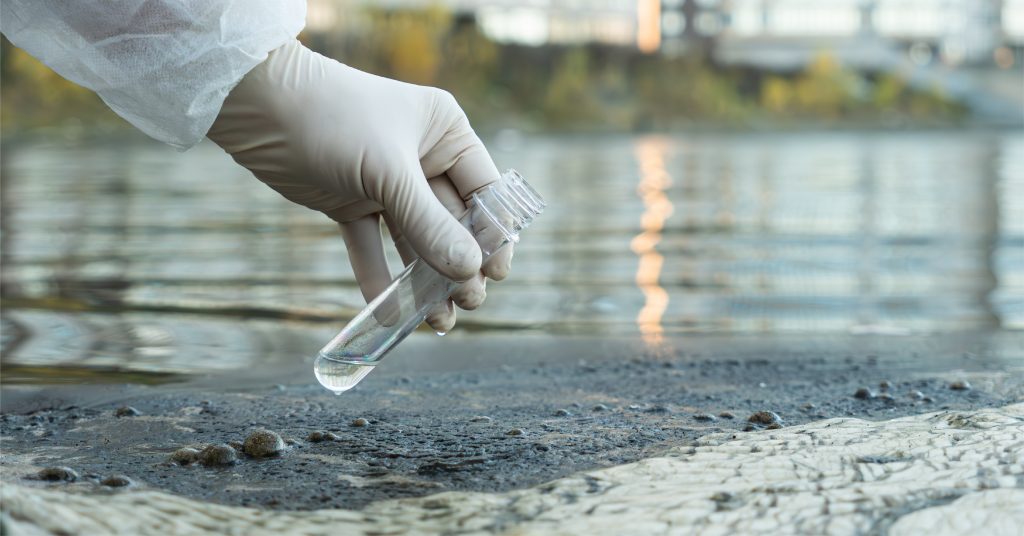
The Invisible Danger
Waterborne illnesses destroy more treks than altitude sickness. Giardia, dysentery, and hepatitis A spread through contaminated water sources, causing weeks of debilitating sickness.
Contamination Sources
- Mountain Streams: Animal waste, human contamination upstream
- Village Taps: Unreliable filtration systems
- Ice Cubes: Made from untreated local water
- Raw Vegetables: Washed in contaminated water
Bulletproof Water Safety Protocol
Developing a comprehensive water safety strategy becomes absolutely critical in Nepal’s remote mountain environment where medical facilities remain hours or days away from most trekking routes. Waterborne pathogens multiply rapidly in the warm conditions of lower elevations, while contamination sources increase dramatically near villages and popular camping areas where human and animal waste affects water sources.
The most reliable purification method remains boiling water for at least one minute at sea level, extending to three minutes above 2,000 meters elevation. Request “boiled and cooled” water from teahouses, which most establishments provide happily as part of their standard service. This method eliminates all bacteria, viruses, and parasites without requiring additional equipment or chemical treatments.
UV sterilization using devices like SteriPEN offers rapid purification that kills 99.9% of pathogens in just 90 seconds per liter. These battery-powered devices work effectively in clear water but require pre-filtration in murky conditions. Water filters such as the Sawyer Mini remove bacteria and parasites but cannot eliminate viruses, making them ideal for supplementing other purification methods rather than serving as standalone solutions.
Chemical purification tablets like Aquatabs or iodine provide reliable backup purification for emergency situations. However, these tablets require 30 minutes to achieve full effectiveness and may not eliminate cryptosporidium cysts that cause severe intestinal illness. Taste often improves by adding vitamin C tablets after chemical treatment neutralizes harmful organisms.
Environmental responsibility demands avoiding plastic water bottles that create ecological disasters in fragile mountain ecosystems. Bringing durable, reusable stainless steel or BPA-free bottles supports community economics by purchasing boiled water from local teahouses while reducing plastic waste that accumulates in remote valleys where waste management systems don’t exist.
8. Physical and Mental Preparation Failures
The Fitness Delusion
Urban walking doesn’t prepare your body for Nepal trekking challenges. Mountain trekking demands specific physiological adaptations that require months of targeted training.
Essential Physical Preparation
Cardiovascular Foundation (3+ months before):
- Daily Base: 45-60 minutes moderate cardio
- Weekly Long Sessions: 3-4 hour hikes with elevation gain
- Interval Training: High-intensity sessions to improve oxygen efficiency
Strength Training Focus:
- Leg Strength: Squats, lunges, step-ups with weighted pack
- Core Stability: Planks, Russian twists, mountain climbers
- Ankle Stability: Single-leg balance exercises prevent injury
Altitude-Specific Training:
- Stair Climbing: Build specific muscle memory for uphill movement
- Loaded Hiking: Train with 15-20kg pack for several hours
- Breathing Exercises: Pranayama or athletic breathing techniques
Mental Resilience Building
Stress Inoculation: Practice hiking in adverse weather conditions Patience Development: Accept slow progress and embrace rest days Positive Visualization: Mental rehearsal of successful summit achievements Problem-Solving Skills: Practice equipment failures and route-finding exercises
9. The Lukla Flight Lottery
The Bottleneck Crisis
Tenzing-Hillary Airport in Lukla serves as the gateway to Everest, but its notorious weather delays destroy carefully planned itineraries.
Why Flights Get Cancelled
- Morning Fog: Obscures runway until afternoon
- Wind Patterns: High crosswinds make landing impossible
- Seasonal Demand: Peak season creates booking backlogs
- Aircraft Limitations: Only small planes can navigate the short, sloped runway
Smart Booking Strategies
Advance Reservations: Book 2-3 months ahead during peak seasons (October-November, March-May) Buffer Days: Schedule 2-3 extra days for weather delays Flexible Tickets: Pay premium for changeable flights Alternative Routes: Consider Jiri or Salleri road access with longer approach treks
Delay Management
- Accommodation Backup: Keep Kathmandu hotel bookings flexible
- Activity Planning: Prepare alternate sightseeing or rest activities
- Mental Preparation: Accept delays as part of the adventure
- Travel Insurance: Ensure coverage for weather-related delays
10. Cultural and Environmental Destruction
The Disrespectful Tourist Problem
Nepal trekking tips for beginners must include cultural sensitivity. Inappropriate behavior damages relationships with local communities and contributes to environmental degradation.
Critical Cultural Guidelines
Dress Code Respect:
- Village Entry: Cover shoulders and knees completely
- Monastery Visits: Remove hats, shoes, avoid leather items
- Photography Ethics: Always ask permission before photographing people
Religious Sensitivity:
- Mani Walls: Always pass on the left side
- Prayer Flags: Never touch or remove them
- Sacred Sites: Maintain respectful silence and distance
Environmental Responsibility
Leave No Trace Principles:
- Pack Out Everything: Including organic waste like banana peels
- Human Waste: Use designated toilet facilities or dig catholes 200m from water
- Soap and Detergents: Use biodegradable products 70m from water sources
- Fire Safety: Use only designated fire areas, never leave unattended
Sustainable Consumption:
- Local Products: Support village economies through local purchases
- Plastic Reduction: Bring reusable water bottles, food containers, shopping bags
- Energy Conservation: Turn off lights, minimize hot shower usage
Your Safe, Successful Nepal Trekking Journey Starts Here
Avoiding these first-time trekker Nepal mistakes transforms your Himalayan adventure from a survival challenge into a transformative journey. The mountains will test your preparation, resilience, and respect—but reward you with experiences that last a lifetime.
Remember: every expert trekker was once a beginner who made smart choices, prepared thoroughly, and approached the mountains with humility and respect. Your dream trek through the Himalayas awaits—make it unforgettable for all the right reasons.
Ready to plan your perfect Nepal adventure? Start with comprehensive research, invest in proper gear, and never underestimate the power of local knowledge. The mountains have waited millions of years for your visit—take the time to visit them safely.
Share this content:
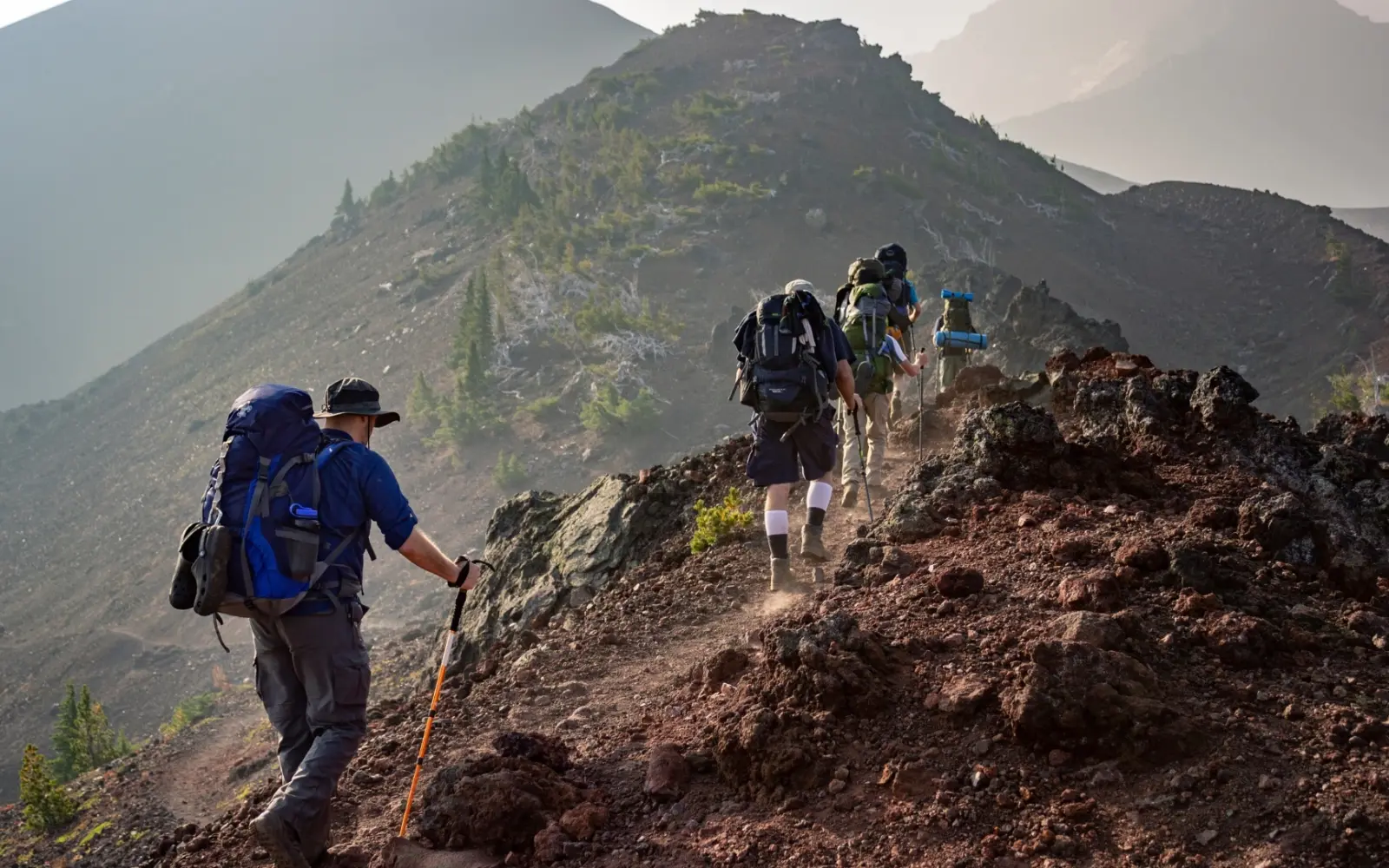

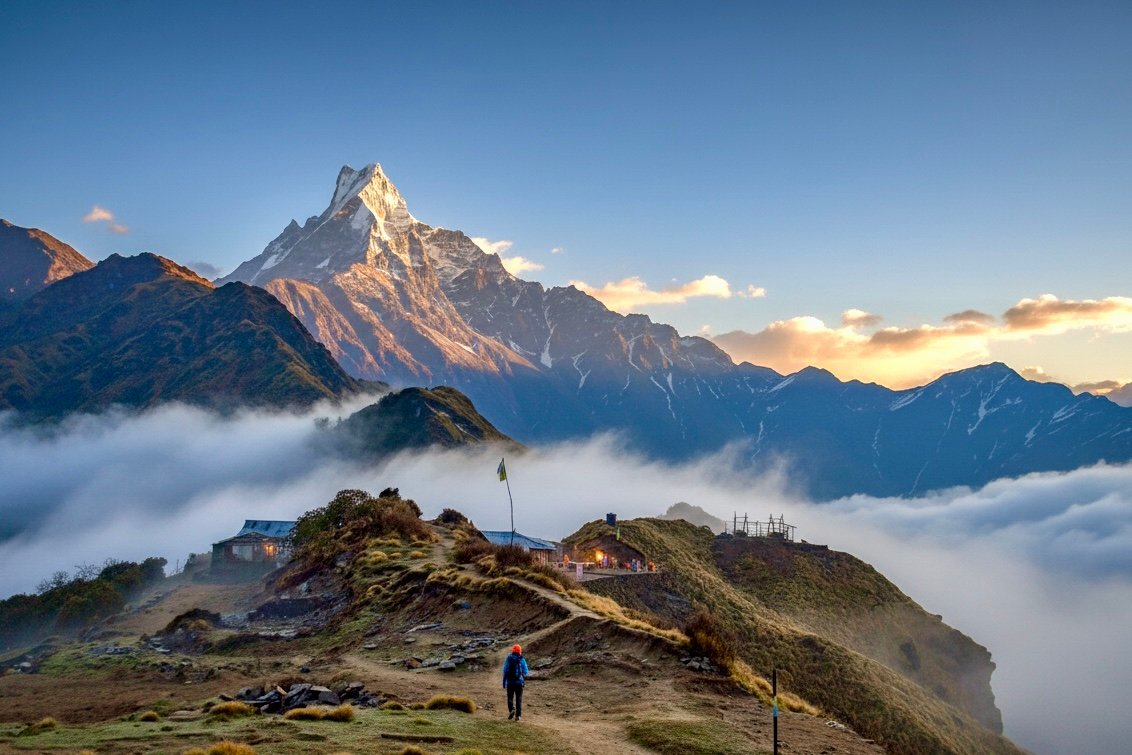
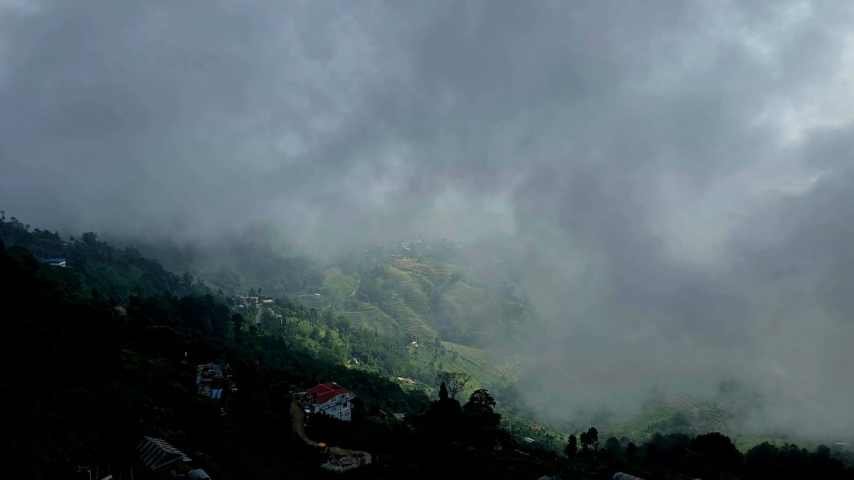
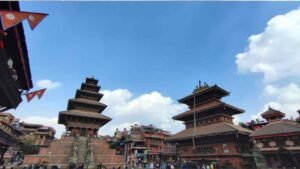
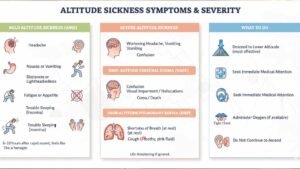
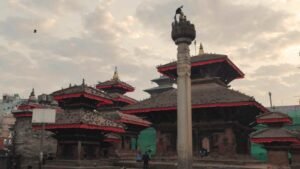
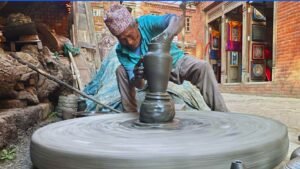
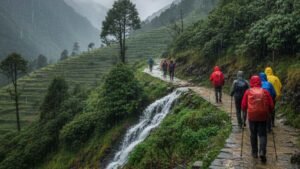
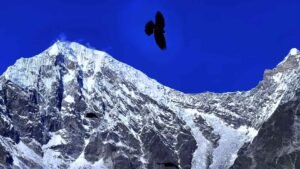
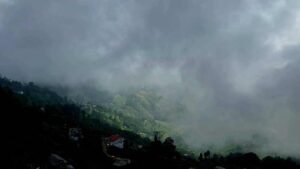

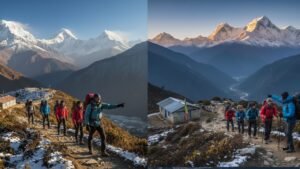
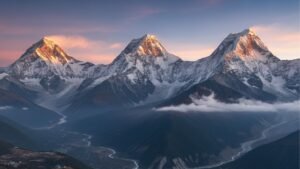
Post Comment